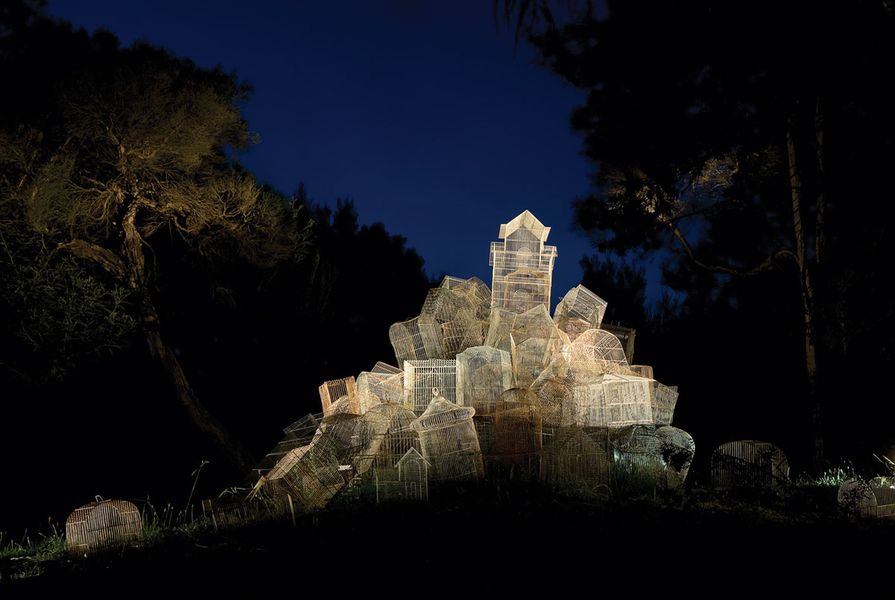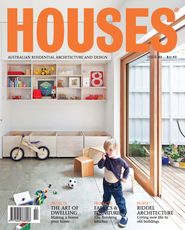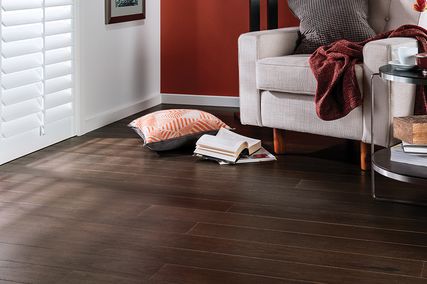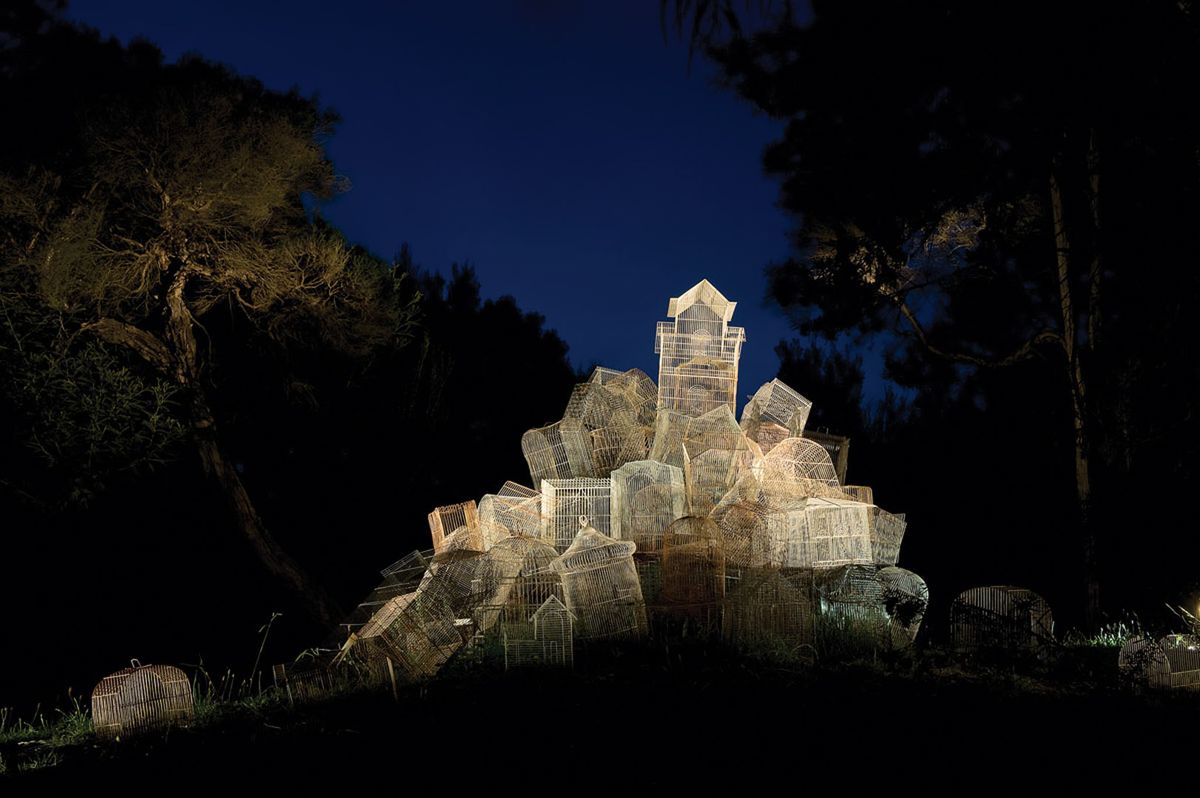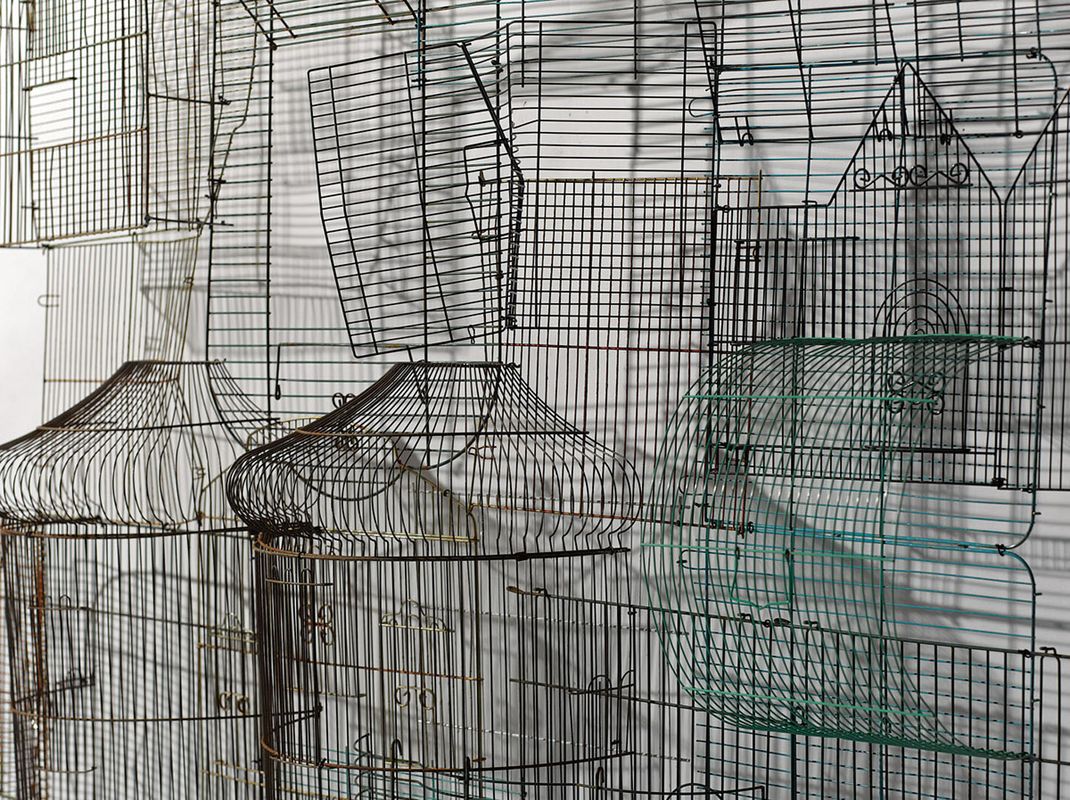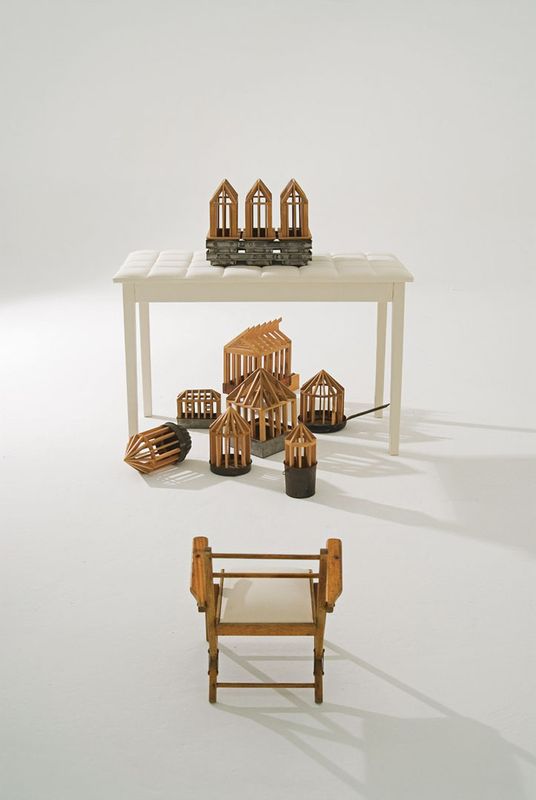Through finely crafted materials and a focus on architectonic structures, Greer Honeywill unsettles our most grounding perspective: our sense of home. Her latest exhibition, Veiled, is a playground of old and new media, found and crafted pieces, smooth surfaces and turbulent secrets.
Dominating the exhibition space is the six-metre installation Arcadia, which includes small screens set among an intricate frieze of birdcage parts. Video loops show fleeting garden images reflected in birdcage mirrors, offering us the furtive view of the caged bird. Birdcages are a motif in Honeywill’s work; facing Arcadia are three backlit images titled Architecture of the heart. A heap of disused, disassembled birdcages is piled high in a forest, and we have made the dusk discovery, gazing quizzically at this elegantly displaced structure. Are the freed birds now nestled in the trees? Arcadia, the land of myths, is beset by this intense series of time-lapsed images, contrasting interior and exterior views of forms against nature.
Evidence and Off the plan dislocate this stillness to the point of view of the child. In Evidence, a small chair sits facing an array of carefully constructed forms – wooden houses rising out of cake tins and ceramic moulds – the focal piece sitting out of reach atop an upholstered white table. Off the plan is a found trike intersecting with a smooth wooden structure, roofed like an apartment block with access stairwells, yet entirely windowless. A handsome horse’s tail in the rear makes the entire wooden form both the rider and the ridden. To buy “off the plan” is to make an investment before having seen inside; all that tempts us here is the sleekness of the wood and the nostalgia of the painted metal toy.
Also contrasting nostalgia and modernity, and placed at opposite ends of the exhibition, This housing estate is not to scale #2 and Peep offer two takes on the concept of home. Small house frames interconnected into a wooden wreath make up the former – a family circle evoking values of crafted patience not generally associated with housing estates. Peep is a found, empty 1950s doll’s house set atop a plinth. Lit eerily, inviting our gaze, it’s all open windows and open doors. We want to find signs of habitation but see none, only the worn lino floor and spider webs in the corner.
While Arcadia and Architecture of the heart take us both inside and outside the birdcage, and the wooden works make us at once child and adult, each Veiled work gives us a view from nowhere: the abstracted gallery visitor instead attempting an objective assessment of displaced familiar objects. Utopia, derived from the Greek words for “no place,” has become the way we connote the ideal realm. In unsettling our perspective on home, Honeywill evokes primal tensions between security and anxiety – a struggle of unseen ordeals against the dishonest surfaces of our domestic structures and objects.
Honeywill makes a space for these tensions in Secrets (and lies). A powerful counterpoint to the whiteness and lightness of the gallery, this dark enclosure invites secrets within a seedy, all-too-clean space for listening and telling. Black metal benches, high-traffic-scored steel walls, a heavy black curtain and dim overhead light create a torturous confessional, and you too can contribute to the recorded secrets you hear.
As your eyes readjust to the light on leaving the space, you reassess the exhibition as a whole: what does each painstakingly crafted surface conceal? Honeywill’s veil is not diaphanous in form – it’s more substantial than that, encompassing the structures and institutions that frame and distort our homes, our communities and our conscious and unconscious minds. Honeywill’s complex objects present resolutions that are as elegant as a birdcage – and yet we must wonder:
Why cage a bird?
The Veiled exhibition was held at the Bayside Arts & Cultural Centre, Brighton, Victoria 11 January to 26 February 2012. See more images from this exhibition and new works by the artist at greerhoneywill.com.

